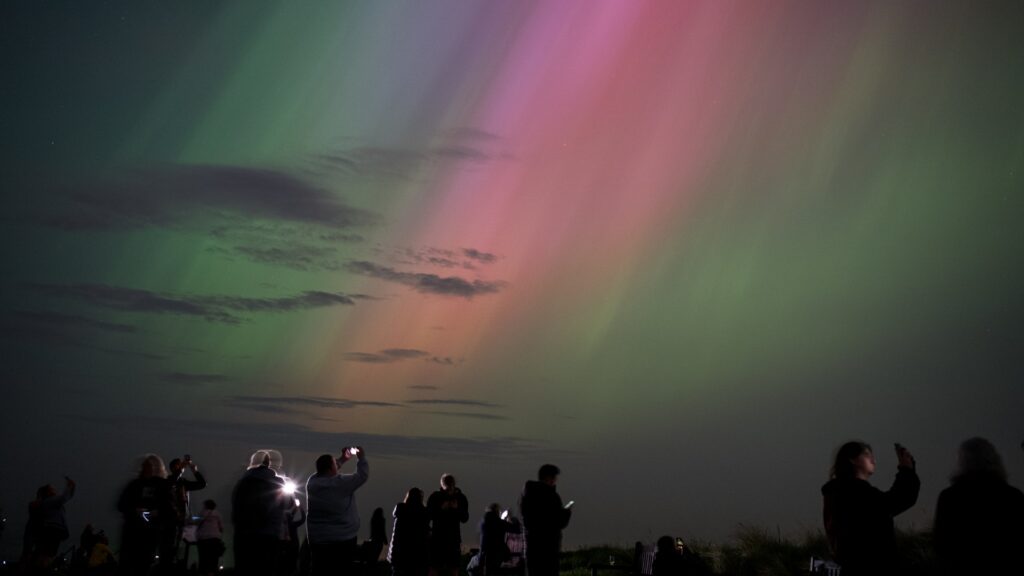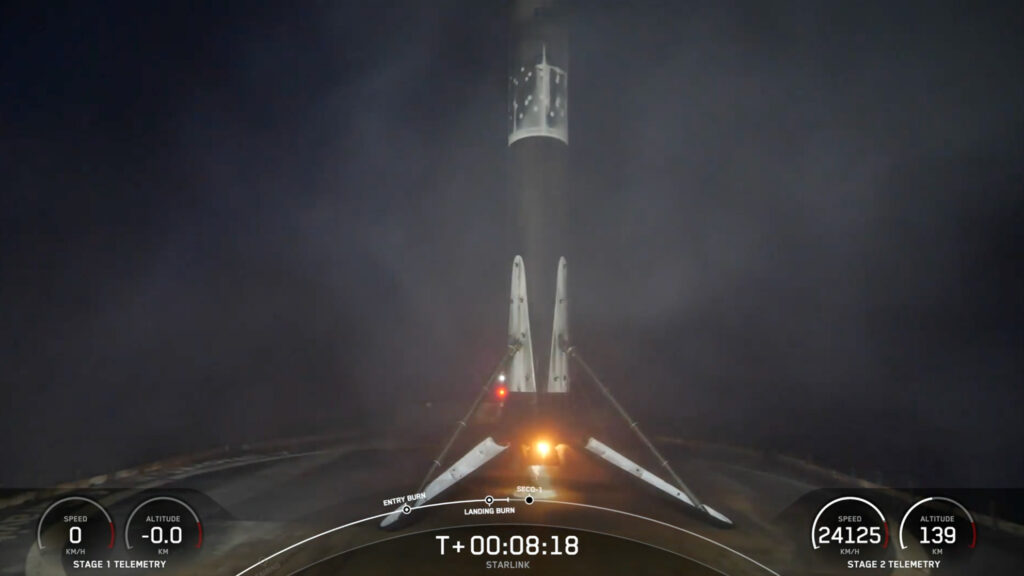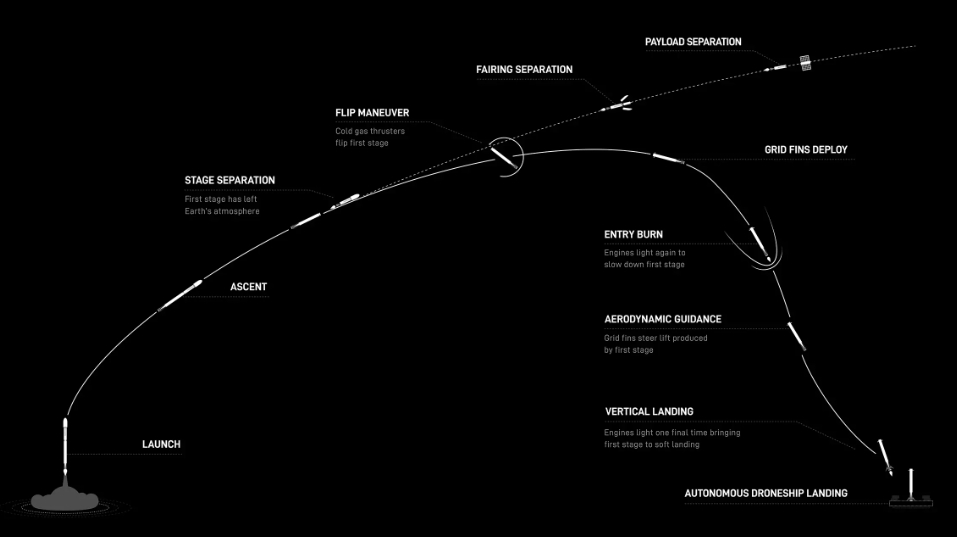
Dark, billowing clouds sweep across a stunning new view of a large star-forming area of the Orion constellation.
These dense interstellar clouds of gas and dust comprise a dark nebula, formally known as LDN 1622. Dark nebulas are so named because their thick interstellar dust obscures light from nearby stars and other neighboring objects, according to a statement from the U.S. National Science Foundation’s (NSF) NOIRLab.
LDN 1622 is located 1,300 light-years from Earth in the nearby Orion complex, a star-forming region teeming with young stars. It is located near the plane of our Milky Way galaxy close to the belt and sword of the Orion constellation.
Related: Spectacular photos of nebulas in deep space
The recent image was taken using the Nicholas U. Mayall 4-meter Telescope at the Kitt Peak National Observatory (KPNO) in Arizona, which is operated by NOIRLab (formally the National Optical-Infrared Astronomy Research Laboratory).
Astronomers captured this view of LDN 1622 using the telescope’s wide-field camera, called Mosaic-3 — the predecessor of the Mayall scope’s Dark Energy Spectroscopic Instrument (DESI), which began operations in 2020 as the most powerful multi-object survey spectrograph in the world, according to the statement.
“This swap highlights one of the benefits of ground-based astronomy: the ability to upgrade and replace instruments as new technologies become available,” NOIRLab officials said in the statement.
Related stories:
This new image, which NOIRLab shared on June 21, was taken in 2018, before the 2022 Contreras fire that impacted the observatory. The fire, which was caused by a lightning strike, reached the observatory on June 17, 2022.
While the blaze did not reach any of the observatories’ instruments, it did destroy some non-scientific buildings at the site. DESI is currently operating normally, while the Mosaic-3 instrument has since been retired.
Follow Samantha Mathewson @Sam_Ashley13. Follow us @Spacedotcom, or on Facebook and Instagram.


